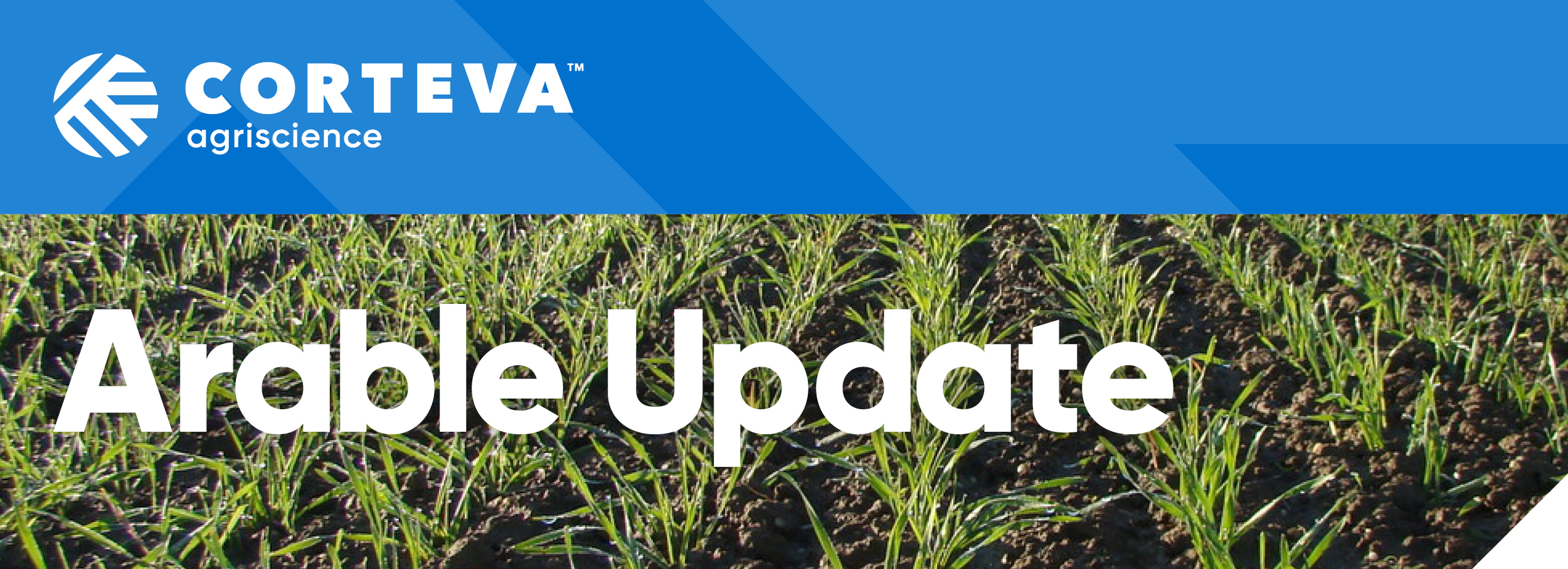
|
|
|
In the March edition
- Oilseed rape crops and final Korvetto applications this spring
- Support spring cereal establishment with Ympact seed treatment
- Why spring is a good time to apply a nitrification inhibitor
- Grass weed control in winter cereals
- Broad-leaved weed control in spring cereals with Arylex
- Fungicide decision making
- Verticillium stem stripe resistance in WOSR
- BlueN performance in the field
- Other recent key news and updates
- Update your communications preferences, enter our monthly prize draw plus ways to earn BASIS & NRoSO points
|
|
|
Oilseed rape crops and final Korvetto applications this spring
Oilseed rape crops are starting to move after a slow start with an extended window this year for Korvetto® applications due to the slow growth. Generally, growth stages of oilseed rape are still allowing for a Korvetto application if weeds have germinated or were not fully controlled in autumn.
|
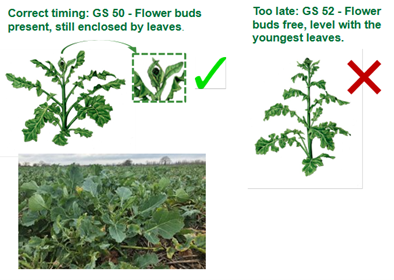
|
There are some great looking oilseed rape crops, but we are getting reports of pigeon damage across the country, particularly in the south. It is worth waiting in many cases to see if the crop recovers, particularly after a dose of fertiliser and as temperatures increase. If the buds and growing point are not affected, the crop should recover. Have patience as the crop may well be okay.
As long as the plant has a physiological stage of GS30 plus, then Korvetto can be applied whether leaves are present or not. Crops that have suffered pigeon damage will be stressed and spraying any crop protection products will add to the stress. Therefore, minor effects such as a check in growth may occur but this shouldn’t be long lasting.
|
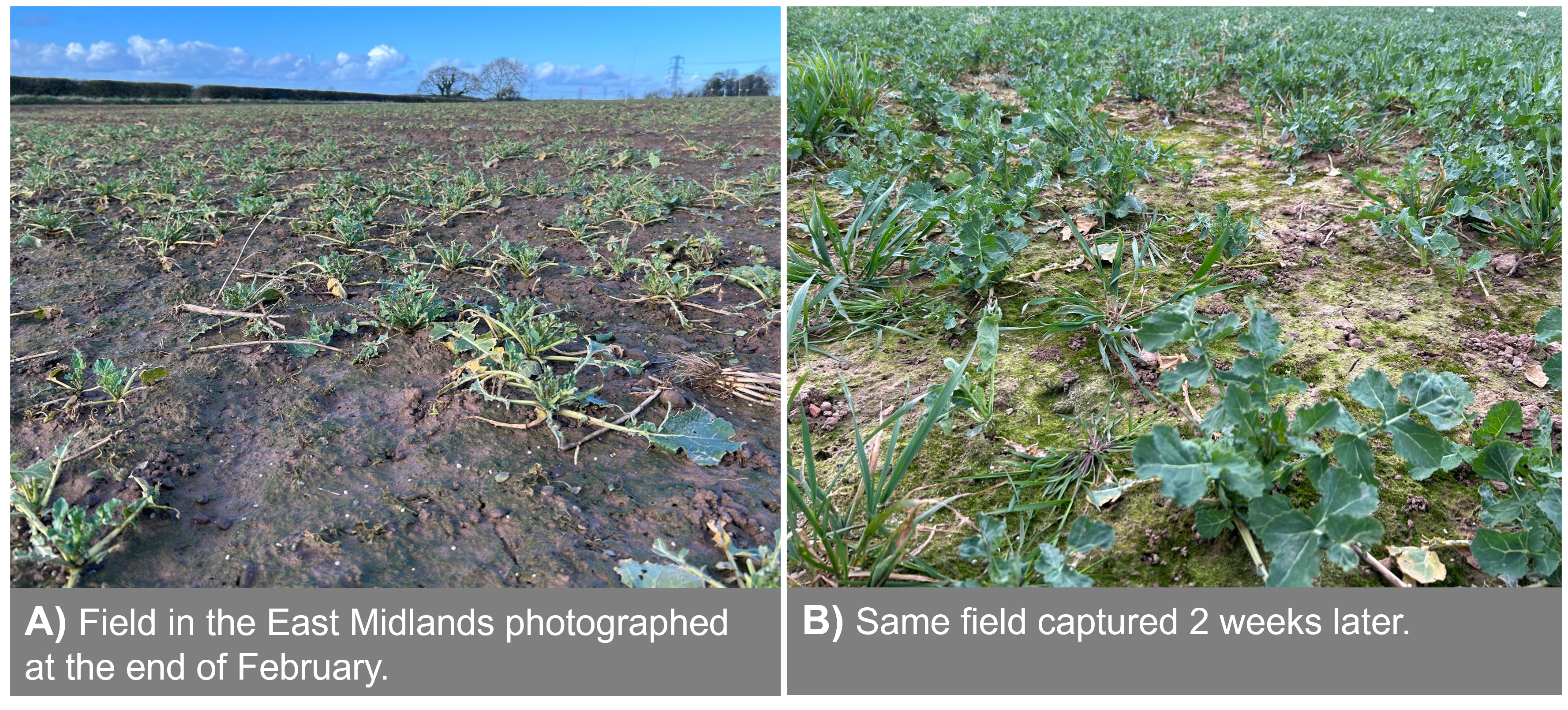
|
|
|
Support spring cereal establishment with Ympact seed treatment
To help get your spring cereal crops off to a good start, it's worth adding Ympact® to your standard seed dressings. Ympact will help with early root and shoot development and support crops through the early stages of growth, even in poorer establishment conditions.
Ympact is a novel biostimulant seed treatment which enhances seedling growth by optimising metabolic processes and abiotic stress tolerance. It contains humic and fulvic acid with bonded nutrients, Zinc, Copper and Manganese.
With Ympact’s unique molecular complex combined with micronutrients, seeds are supported with additional external nutrients and energy at a key time.
To find out more information, visit the Ympact product page and watch our new video on the benefits of using Ympact.
|
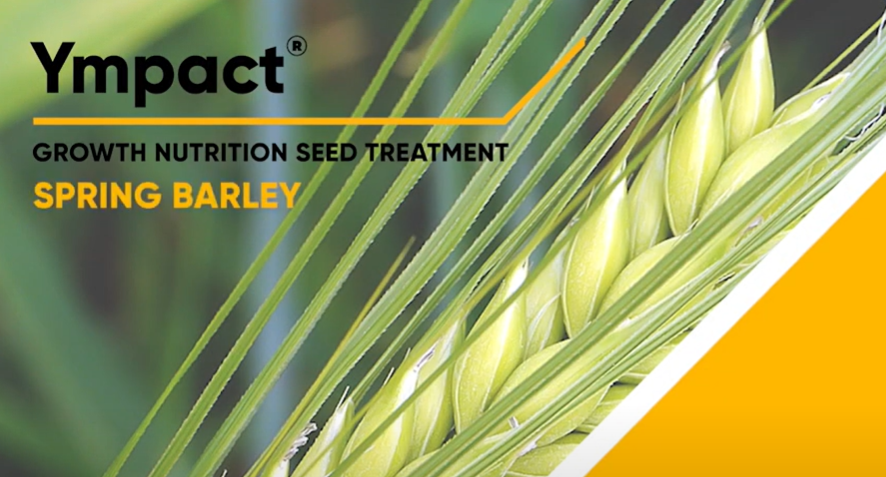
|
|
|
Why spring is a good time to apply a nitrification inhibitor
Spring is a good time to apply a nitrification inhibitor as soil temperatures are starting to warm up and ammonium is converted to nitrate more quickly.
Instinct®, containing Optinyte™ technology, slows down the nitrification processes; reducing environmental loss and ensuring more ammonium is available for plants to take-up.
Instinct application results in:
✔️ More ammonium retained in the soil.
✔️ Less nitrate lost to leaching.
✔️ Less NOx gas emissions (de-nitrification losses).
✔️ More nitrogen in the soil for longer.
|
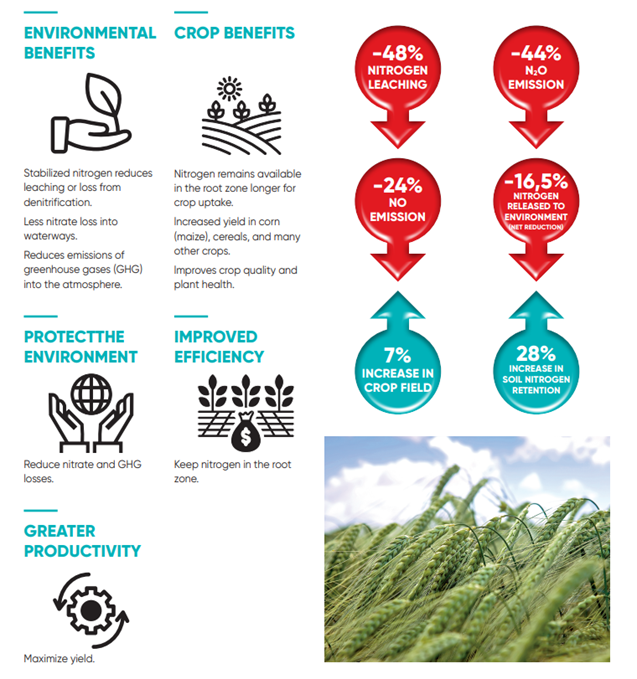
|
Maize is an ideal crop for Instinct, giving consistent yield responses over many years.
- It can be used with all types of nitrogen fertilisers (ammonium nitrate, urea, liquid UAN, manures, slurries and digestate).
- Can be applied before, with, or after nitrogen application. For optimal performance, apply early in the season within 10 days of nitrogen fertiliser application.
- Mechanically incorporate into the seedbed before drilling or apply with pre-em herbicide which will need incorporation by rainfall (12mm within 10 days of application).
- And it has an extensive list of tank mix partners.
Instinct can be used in multiple crops such as cereals, oilseed rape, maize, potatoes, sugar beet and grassland.
|
|
|
Grass weed control in winter cereals
With days getting longer, fertiliser being applied and crops beginning to move, control of overwintered and newly emerging grass weeds should be a priority, before they become large and unmanageable.
If not already applied, pyroxsulam-based herbicides should be applied as soon as conditions are suitable to protect yield and maximise control.
Utilise Broadway® Star or new Broadway® Ultra in winter wheat for the control of grass weeds and an extensive spectrum of broad-leaved weeds. To ensure best results:
- Apply as soon as conditions allow, avoiding periods of prolonged cold weather.
- Target weeds when small and actively growing.
- Optimise spray coverage by including an authorised adjuvant.
|
To celebrate the launch of Broadway Ultra, we're excited to be giving away 3 Ultra packs!
Click here to find out more and enter for your chance to win.
|

|
|
|
Broad-leaved weed control in spring cereals with Arylex
Spring cereals are being drilled across the country. These are often less competitive than winter cereals and face different weed pressures, including increased broad-leaved weed burdens from spring germinating species, such as fat hen, orache, black-bindweed and polygonums. Cleavers, groundsel, fumitory and chickweed also pose a significant threat to the crop if left unmanaged.
At a time of year when crop development is fast and workloads are stretched, a robust herbicide programme is key to getting on top of these weeds.
Arylex™ should be the building block of any spring herbicide programme this season, with market leading efficacy, application flexibility, great crop safety and no following crop restrictions. With its unique mode of action, Arylex controls a wide range of difficult species, including cleavers, fumitory and fat hen. It controls ALS resistant poppy too.
Pixxaro® and Zypar® both contain Arylex and are contact-acting herbicides which can be applied up to growth stage 45 in both winter and spring cereals. Both offer dose rate flexibility based on target species as well as reliability in challenging conditions.
In spring barley, if required, an SU partner that contains thifensulfuron-methyl and metsulfuron-methyl can be added to boost the activity of polygonums, umbellifers and brassica species.
Zypar is more active on brassicas than Pixxaro, because it contains florasulam, rather than fluroxypyr. Pixxaro would be the preferred option to control ALS resistant chickweed, where fluroxypyr comes into its own.
Control of umbelliferous weeds such as bur chervil and cow parsley will also be improved by the addition of an SU, if Zypar cannot be applied when the weeds are small.
Both products come with a wide range of supported tank-mix compatibilities that include PGR’s, fungicides, trace elements and other herbicides to allow tailoring for field specific situations.
For best results, target weeds early, when small and actively growing, to remove yield robbing weeds before they impact the crop.
|
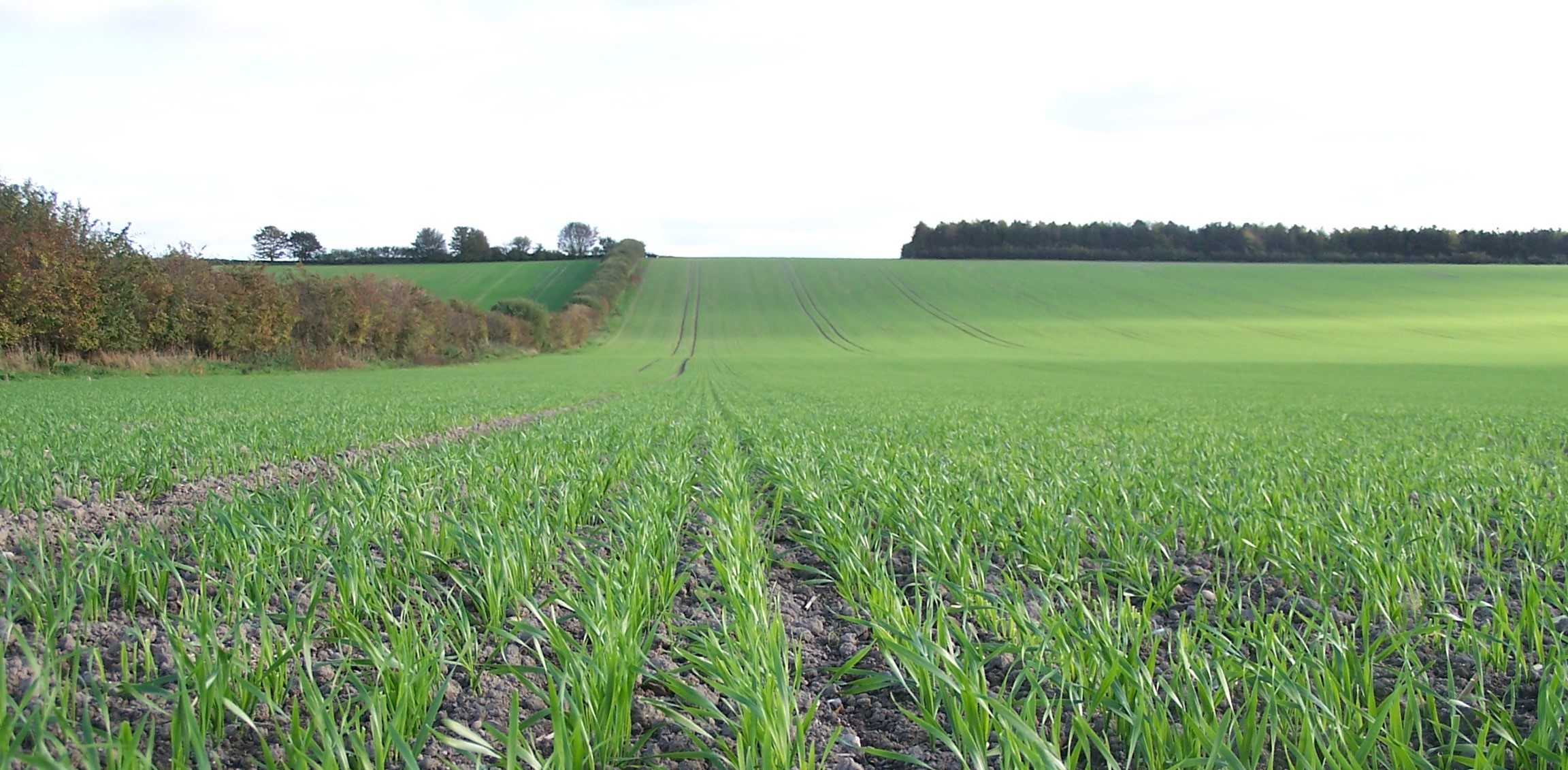
|
|
|
Fungicide decision making
As we approach T0, crops look to have broadly come through the winter well, except areas where winter flooding may have had an impact in low areas of fields.
With active Septoria on lower leaves, a T0 of triazole +/- mildewicide to manage disease early will help slow it down and preserve the yield potential through to T1.
With the decision as to what T1 products to use almost upon us, there are a number of choices which begs the question ‘what to choose?’
3 factors come to play here:
1) Overall disease management strategy
2) When in the programme are the greatest strengths going to be required
3) Cost management
Overall strategy
The overall strategy ought to take account of the dominant diseases led by environmental conditions, the disease profile for the variety, not relying on a narrow range of chemistries (for resistance management) and matching expenditure to the variety’s response to fungicides. A critical factor amongst this is not overly relying on SDHI + triazole chemistry. Many products are reliant on SDHI + triazole such as Ascra, Plaxium®, Ipresso™, Revystar® XE and Miravis® + Era™ and to use any two of these at T1 and T2 puts strong selection pressure on Septoria isolates resistant to triazole and/or SDHI chemistry. The obvious way to break this cycle is the use of Inatreq™ as found in Univoq™.
When in the programme are the greatest strengths required?
Use chemistry with the required strengths at the time you see disease – lots of disease at T1 – use the strongest chemistry to try and create a clean crop at T2. Low disease at T1 might mean leaving the ‘big guns’ to T2 in acknowledgement that T2 applications most often give the biggest returns. As part of the resistance management strategy for Univoq, it can be used once in a crop. Following the logic above, not using it probably risks further SDHI and/or triazole resistance pressures, so the question turns to when to use it?
Its greatest strengths have always been at T2, but if disease pressure is high at T1 Univoq does an excellent job of cleaning up the crop which probably widens the product choice at T2.
Cost management
Growers are already aware that Corteva solutions based on Inatreq, such as Univoq, are excellent value. Much needed in these challenging times. Univoq provides broad spectrum disease control with a unique mode of action at a ‘sensible’ cost!
|

|
To read this article on our website, click here.
|
|
|
Verticillium stem stripe resistance in WOSR
Verticillium stem stripe, caused by the fungus Verticillium longisporum, has become widely recognised as a significant threat to oilseed rape production in the UK, with especially high levels observed in eastern England. This fungus produces numerous microsclerotia on the stems of affected plants, which can survive in the soil for extended periods. Managing this disease is challenging due to the lack of effective fungicide treatments. The presence of Verticillium Stripe can lead to significant yield reductions in the field.
A 2024 trial by ADAS screened WOSR varieties on their susceptibility to Verticillium stem stripe. The experiment was conducted under field conditions at a site near Huntingdon, Cambridgeshire, where high levels of Verticillium longisporum have been previously reported.
|
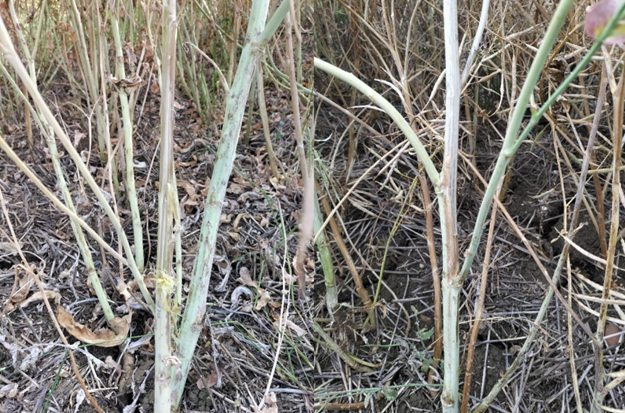
|
|
|
|
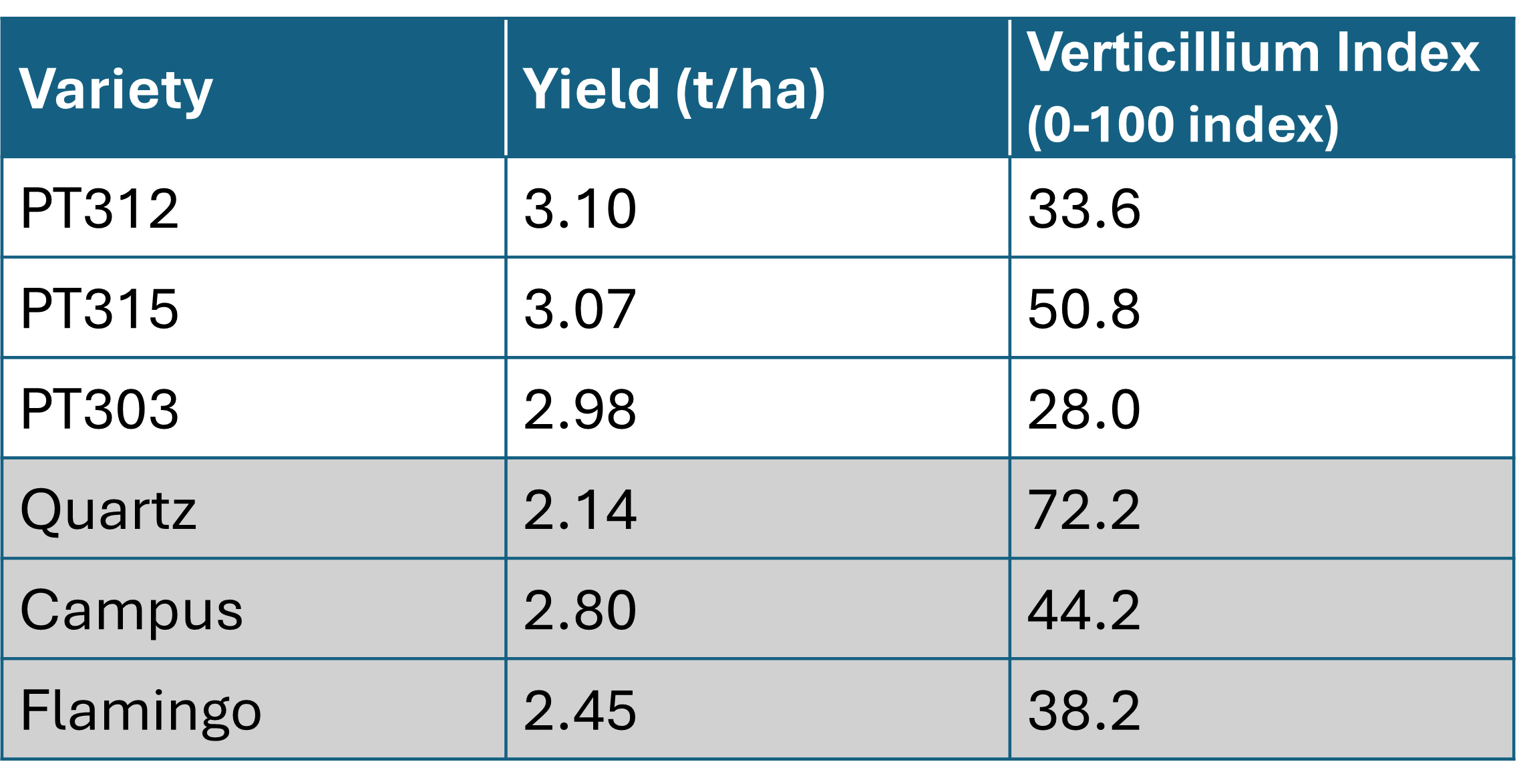
|
In the trial PT312 and PT303 showed a moderate Verticillium severity score, suggesting these varieties could be partially resistant against Verticillium. PT315 had a Verticillium severity score similar to the intermediate standard variety, suggesting that this could also be moderately resistant.
PT312, PT315 and PT303 showed a statistically higher yield to the partially resistant standard hybrid and comparable yield to the intermediate standard hybrid. This suggests that these Pioneer varieties have good resistance or tolerance against Verticillium.
|
|
|
BlueN performance in the field
BlueN™ is a nutrient efficiency biostimulant for use in a broad range of crops including potatoes and sugar beet. It contains Methylobacterium symbioticum, a bacteria found in nature, which fixes nitrogen from the air and converts it to ammonium for the plant.
Find out more about BlueN by reading our latest case studies:
Andrew Houghton, a farmer from Doncaster, was initially sceptical about using biologicals. However, after trying BlueN, he witnessed significant yield increases in his potato crop and is now a firm believer in its benefits. Read more about Andrew's experience here.
Sam Myhill of MB Farming Ltd also saw remarkable results with BlueN. Using biostimulants for the first time last year, he reported a 29% increase in yield in his sugar beet crop. Discover Sam's story here.
|
|
|
Other recent key news and updates
Farming touches all STEM subjects and helps inspire the next generation to pursue crucial careers. Our #TeamCorteva scientists each bring a unique background and broad-ranging experience to our R&D team. Meet the scientists based at our Global Field Research Centre in Wellesbourne, Warwickshire, and read their stories here.
|

|
Globally, Corteva invests nearly $4 million in innovation every day and employs approximately 22,500 people worldwide, with more than 5,000 dedicated to finding and delivering next-generation innovation. This is done at over 100 research sites and 2,000 testing locations worldwide.
|
|
|
Want to hear more from us?
Update your preferences and tailor your choices to make sure you receive the communications that are right for you. Don't forget to enter into our monthly prize draw by ticking the box before submitting to be in with the chance to win!
You can also stay in the loop with all the latest updates by following @CortevaUK on X and Facebook.
Discover the science driving agricultural innovation with Agriscience Explained. This podcast, developed by our global team, visits with both scientists and farmers about how agricultural innovations are discovered, developed and deployed on the farm. Don’t miss an episode! Follow Agriscience Explained on your favourite podcast platform.
|

|
|
|
Get in touch with our Hotline team
|
CPD points
Subscribing to Corteva Agriscience Arable Update gives eligibility for 2 CP BASIS points and/or 2 NRoSO points and/or 2 CP points for those who are part of the BASIS Environmental Advisors Register (EAR) annually.
|
USE PLANT PROTECTION PRODUCTS SAFELY. Always read the label and product information before use. For further information including warning phrases and symbols refer to label. Corteva Agriscience UK Limited, Unit H4, Building H, Melbourn Science Park, Cambridge Road, Melbourn, Cambridgeshire, SG8 6HB. Tel: 01462 457272. ®, ™ Trademarks of Corteva Agriscience and its affiliated companies. All other brand names are trademarks of other manufacturers for which proprietary rights may exist. All manufacturers tradenames and trademarks are duly acknowledged. © 2025 Corteva. Korvetto® contains clopyralid and halauxifen-methyl (Arylex™ active). Ympact contains Fulvic Acid, Humic Acid, trace elements including Copper (0.45%), Manganese (0.74%), Zinc (1.1%), Boron, Cobolt, Sodium. Instinct® contains nitrapyrin. Broadway® Star contains pyroxsulam and florasulam. Broadway® Ultra contains pyroxsulam and mesosulfuron-methyl. Pixxaro® EC contains fluroxypyr and halauxifen-methyl (Arylex™ active). Zypar® contains florasulam and halauxifen-methyl (Arylex™ active). Univoq™ contains fenpicoxamid and prothioconazole. BlueN™ contains Methylobacterium symbioticum.
|
|
|
|
|